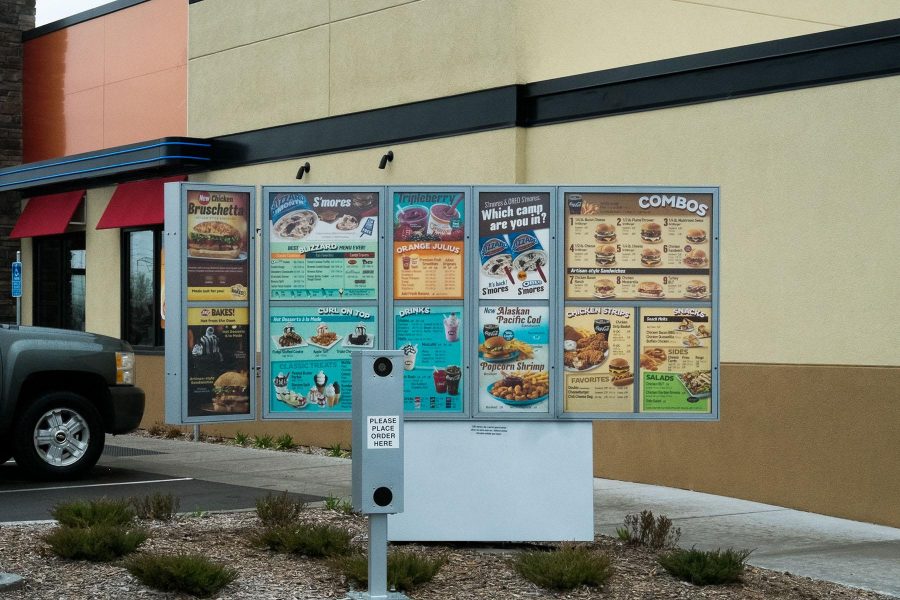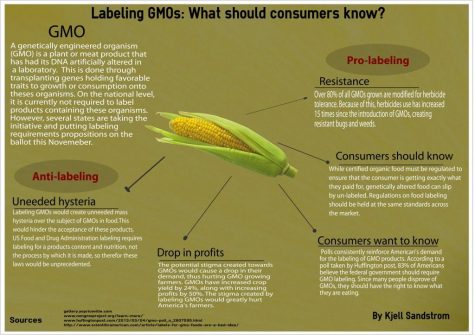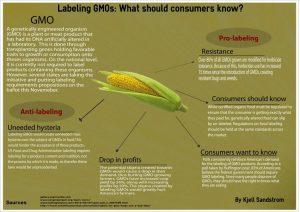Fast food popularity on the rise
Fast food is back. As result a of years of rapid increases in the pace of daily life the consumer has begun to demand efficiency in every way possible. The food industry has adapted to this well and has been rewarded with mass popularity.
From adults to children, Americans are obsessed with efficiency. This shows in the recent boost in the popularity of fast food. With new franchises being built every day, and simple menu changes stirring mass attention on social media, it is clear that fast food is more popular than ever before, new “healthier” alternatives have added to this popularity by appealing to a larger audience. That being said the effects on health are still at risk of being negative, and with the diverse growth in the industry it has grown difficult to tell what is healthy and what is not.
The convenience of fast food has a major appeal to many people. Living in a society focused on constantly moving ahead and establishing connections can make it tough to fit in a typical sit-down meal at home. Fast food allows the consumer to eat and enjoy a meal without stopping their day. Although this alternative can be useful, it may not be as healthy or appealing as having the chance to slow down, eat and relax with others for a short period of time.
“I’ve noticed an increase in necessity,” junior Scarlett Bahma said. “A lot of people don’t have time to eat at home all the time, especially now, so eating at fast food places has gotten more popular because of that.”
High School students fall into a category that stands apart from that of an adult eating fast food for convenience. Sports, clubs, homework, work, studying, the list of different things bombarding the average teenager goes on and on. Time is valuable to a teenager, finding free time, let alone time to eat a meal can prove to be a struggle. As a result, teens often end up feeding themselves at fast food restaurants, benefitting from convenience and price, but benefitting health.
“It’s just so convenient,” senior Ben Olson said. “There usually isn’t much great food at home to make a quality meal from, or I get home from work and my family has already eaten.”
According to the Yale Rudd Center for Food Policy & Obesity, 41 percent of teens consume fast food every day and less than 25 percent of the menu items that the restaurants offer qualify as nutritious for teenagers. This means that a large amount of teenagers are not only eating unhealthy options, but they are also eating food that lacks sustenance.
“I honestly get food by how I’m feeling. If I want a burger I’ll go to McDonalds, If I want Mexican, Chipotle. It all depends on how I’m feeling,” Olson said.
That being said, people understand the risks of eating fast food, and tend to lean towards new, healthier options. Restaurants such as Chipotle, Jimmy John’s and Noodles and Company have introduced quick serve meals that are healthier and more specialized than traditional fast food. According to Health.com, both Chipotle and Noodles and Company are in the top 10 healthiest fast food restaurants. The improved menu items can come at a higher price, making these restaurants less accessible to some.
“The healthy fast foods can be expensive,” sophomore Riley Call said. “It’s best to avoid [fast food] and eat at your house.”
For those who are Lactose intolerant, Gluten free, or simply on a diet, few to none of the current fast food locations are viable options. Even with healthier menu items, restaurants continue to leave this demographic in the dark.
“I can’t go to places like McDonald’s or Taco Bell because I’m gluten free and they have no options,” Bahma said. “But I do think Noodles and Chipotle are better anyway because they do have fresher feeling ingredients. I don’t know if they’re super healthy, but they’re better in my opinion.”
Fast food will continue to have a place in society. As long as there are people looking for a quick affordable meal, fast food restaurants will be there to serve them. On the bright side, menus are transitioning to a health based focus in order to make their food work for anyone and everyone.
“I would try to eat less fast food and more healthier options like the food at my work,” Olson said. “Sometimes I’m just stubborn and crave something like a burrito from Chipotle or Chicken Strips from DQ.”

Dylan Cook is a creative, outgoing, and outstanding sixteen year old student at Stillwater Area High School. Dylan enjoys photography, music, and snowboarding....























